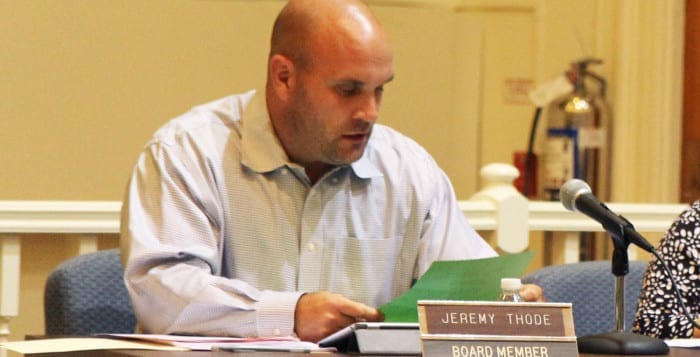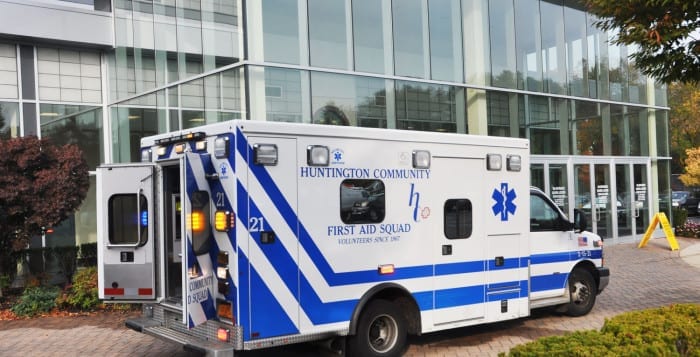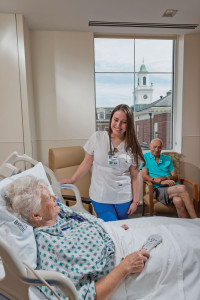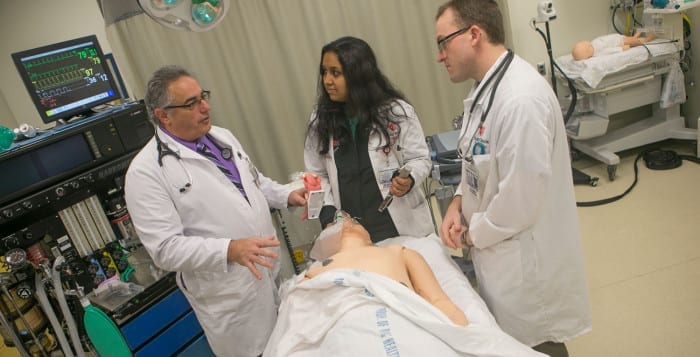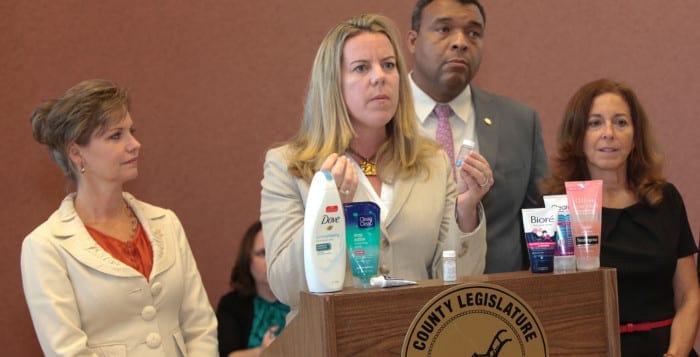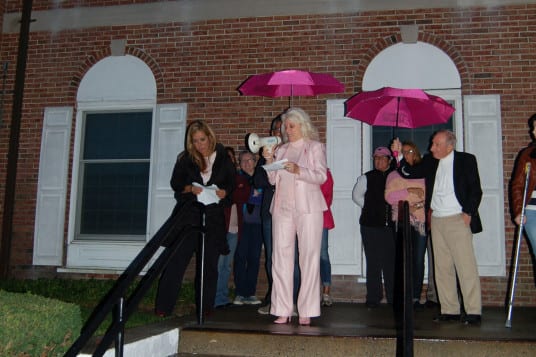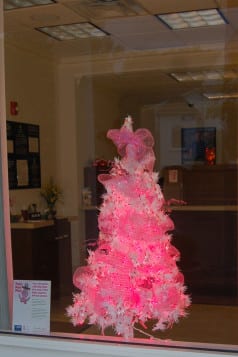A report shows that Huntington Community First Aid Squad is requesting more help from neighboring fire departments than any other ambulance service in Huntington.
According to the report, commissioned by Huntington Town, five volunteer fire departments in the town approached town officials about an increase in requests from the Huntington ambulance squad to respond to calls in the squad’s service area.
HCFAS made more requests for ambulance support than those five departments combined, according to the report.
In a phone interview this week, Alyssa Axelrod, vice president of HCFAS, said that the study is misleading because it does not mention that the squad receives more calls than the five other departments combined.
HCFAS was formed in 1967 as a nonprofit and is the only exclusive volunteer ambulance program in the town. The taxpayers and Huntington Town fund the squad’s operations.
The chiefs at the respective fire departments started noticing an increase in requests starting in 2013, according to the study.
Huntington Town responded to those concerns by hiring Medic Health to assess the operational practices of HCFAS and provide recommendations to reduce the number of requests to neighboring fire departments and ambulance squads.
The study began in June 2014. Consultants worked with the Huntington ambulance squad, representatives of Suffolk County Fire Rescue and Emergency Services and Huntington Town to gather and analyze information.
The study found instances where HCFAS was understaffed during certain shifts.
In one graph, the study shows times of the day and days of the week where current staffing levels, which is a minimum of two staffed ambulances, may not be sufficient to cover the community’s demand. The study states that 1 and 5 p.m. are the two times of the day where resources are lacking the most, during six out of the seven days of the week, according to the study. Saturday from 1 to 7 p.m. is the busiest.
Currently the HCFAS services Huntington Town with a minimum of two on-duty ambulance crews based at the station for daytime shifts, and one crew for overnight shifts, according to Axelrod.
The study also highlighted a problem caused by the staff being made up entirely of volunteers.
Commitments from volunteers varied considerably for overnight and daytime coverage, according to the study. The report stated that 17 percent of the planned shifts had an insufficient number of members to staff the desired two ambulances. A chart showed the number of ambulances the HCFAS can field during different shifts based on member commitment. Friday, Saturday and Sunday overnight shifts only have enough member commitments to staff one or fewer ambulances, according to the chart. This is the same for 7 to 11:00 a.m. shifts on Friday and 3 to 7 p.m. shifts on Friday and Saturday.
Although there is no official time for how quickly an ambulance should respond to a call, organizations have given time limits to respond to life-threatening calls.
The Commission on Accreditation of Ambulance Services said a total response time standard of eight minutes and fifty-nine seconds is expected for life-threatening calls.
In 2014, the HCFAS was able to be on the scene to 62 percent of their calls within eight minutes of the call receipt, 76 percent within 10 minutes and 89 percent within 15 minutes. According to the study, 11 percent of the calls required more than 15 minutes for an ambulance to arrive on the scene.
If an ambulance can’t respond to the scene, mutual aid requests come into play.
Mutual aid requests were designed to allow surrounding departments to assist each other during times of unusual demand for services, like mass casualty situations or disasters. Volunteer-based organizations like HCFAS also resort to mutual aid requests when they are unable to muster sufficient resources to staff an ambulance and respond to a call.
During the first five months of 2015, HCFAS requested mutual aid 41 times compared to 23 times by all the adjacent departments.
The study concludes with eight recommendations for the HCFAS to reduce its mutual aid requests. They include employing dedicated staff to provide coverage for shifts that are too difficult to staff with current volunteer squad members, restructuring the recruitment and orientation process to reduce time investment for prospective members, and more.
It also states Huntington Town should mandate the submission of monthly performance measurements, including response time performance reports and establishing response time expectations.
Axelrod said she believes that there is a misunderstanding about what this study is about.
“We are a busy department,” Axelrod said. “This year we will do 60,000 calls. We’re stripped of our percentage of calls we get in this report. The report doesn’t show that we respond to more calls than the five other departments combined.”
She said this makes the report confusing, but there were helpful discoveries and some recommendations that HCFAS wants to integrate moving forward, according to Axelrod.
She said the squad is changing how it brings in members as it’s currently a lengthy process.
“The process is steeped in caution,” Axelrod said. “We are very careful when we vet people before we let them ride in an ambulance.”
She also said the squad has considered non-volunteers, and has added a line item to their budget for 2016 to add paid personnel. According to Axelrod, the squad’s budget for this year will be cut by 15 percent, so they will have to look into other funds if they want to hire employees.
“The bottom line is we do a great job and these other departments do a great job,” Axelrod said. “But when you take out the number of calls we respond to, it makes us look deficient.”

